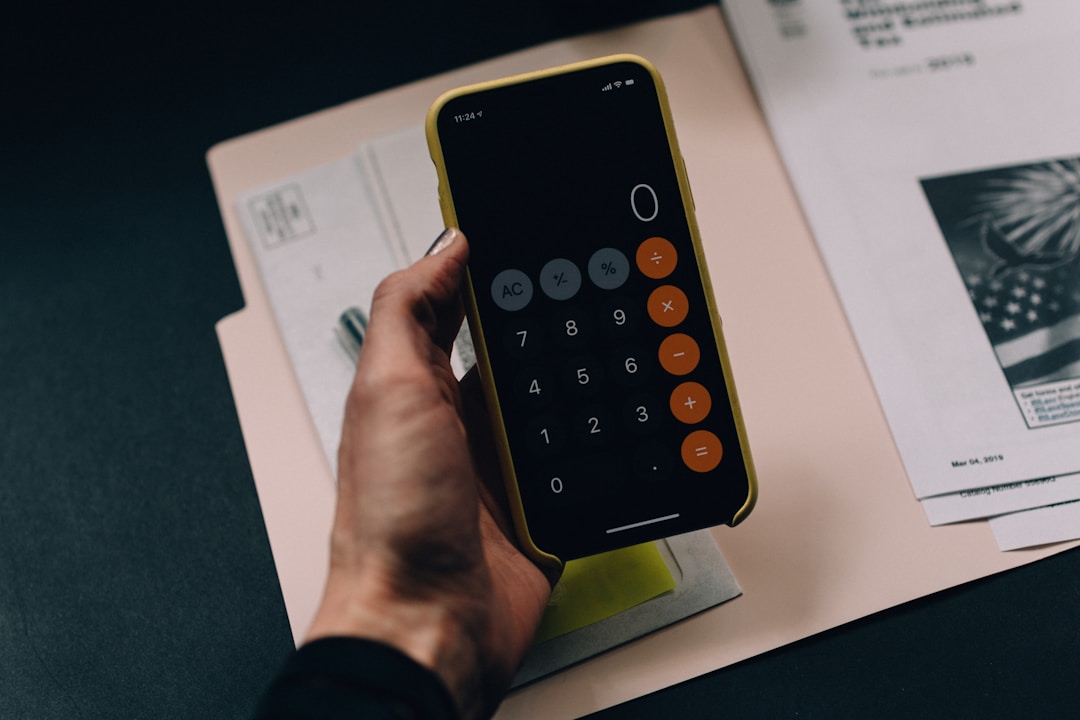When it comes to budgeting, many of us need help developing and adhering to it. We make a budget and end up dropping it a couple of weeks in. We sometimes may even use inaccurate information to calculate our expenses. In the end, we wind up spending more than we make, forcing ourselves to use next month’s budget. This calls for some accountability—and an accountant at that.
Nowadays, with so many technological advances, we can download apps to our phones to do all the dirty work of coming up with a budget. There are budgeting apps like YNAB and PocketGuard, but Mint takes the cake for the best budgeting app in Canada. Mint provides the means to make all your budgeting wishes come true. This user-friendly budgeting app gathers the data from your bank accounts like credit cards, savings accounts, and checking accounts to calculate your finances for you based on detected trends. It also notifies its users when there is suspicious activity on their accounts and, to top it off, it’s completely free.
If you don’t want to go the easy route and choose to roll up your sleeves instead, here are some steps to take when budgeting your money.
1. Gather your personal financial documentation.

You don’t need to be a financial expert on how to make a budget; you just need to be willing to read through your financial paperwork and calculate a couple of simple math equations. When determining your income and expenses, collect your financial documentation like bank statements, W-2s, paystubs, credit card bills, and investment account statements. All of these documents have specific amounts of money that you need to consider for your budget. Be sure to read them thoroughly and not leave out any expenses or income.
2. Define your monthly expenses on a spreadsheet.

Now that you have gathered all of your financial data, transfer it to a spreadsheet for a more visual representation of your total budget. Use formulas to sum your expenses and incomes apart, and then subtract your expenses from your income. You may also find ready-made Excel and Google Sheets profit and loss templates online to help you track your expenses and income. In the beginning, you may get a negative number because you may be using credit cards to compensate for your income. This is crucial to realize because it’s exactly what you want to avoid.
3. Highlight your fixed monthly expenses.

In the spreadsheet, be sure to point out your recurring monthly expenses such as utility bills, mortgages, car payments, and even any tattoo removal cost from Fresh Start Laser Clinic, for example. Tattoo removal costs are determined by the laser treatment option and the tattoo ink used for the piece. Some tattoo removal treatments require 2 sessions while larger tattoos require 10—only a tattoo removal specialist at Fresh Start Laser Clinic can tell you how many tattoo removal sessions you’ll need.
4. Calculate your monthly budget from expenses and income.

During this process, be sure to include any financial goals you may have such as an emergency fund for any unforeseeable events. Also, point out any variable expenses like gas money and groceries and assign them a specific value. For example, if you see a trend in your statements where you spend around $220 on groceries, assign that budget to groceries. This will serve as a cap whenever you go grocery shopping—now you know you can’t go over $220 in groceries. With these things in mind, calculate your expenses again, as you did in step 2, and voilà, this is now your official budget.
5. Adjust your expenses periodically.

You have come this far. Now, all that you have to do is stick to your budget. Some people like to save their budget sheets on their mobile phones so they can take them everywhere they go. Be sure to review your budget on a biweekly basis, or as you pay off your bills, and adjust accordingly if necessary (e.g., you purchase a new car).
Now that you’ve officially learned how to make a budget, don’t wait any longer and take full control of your finances today.
Leave a Reply